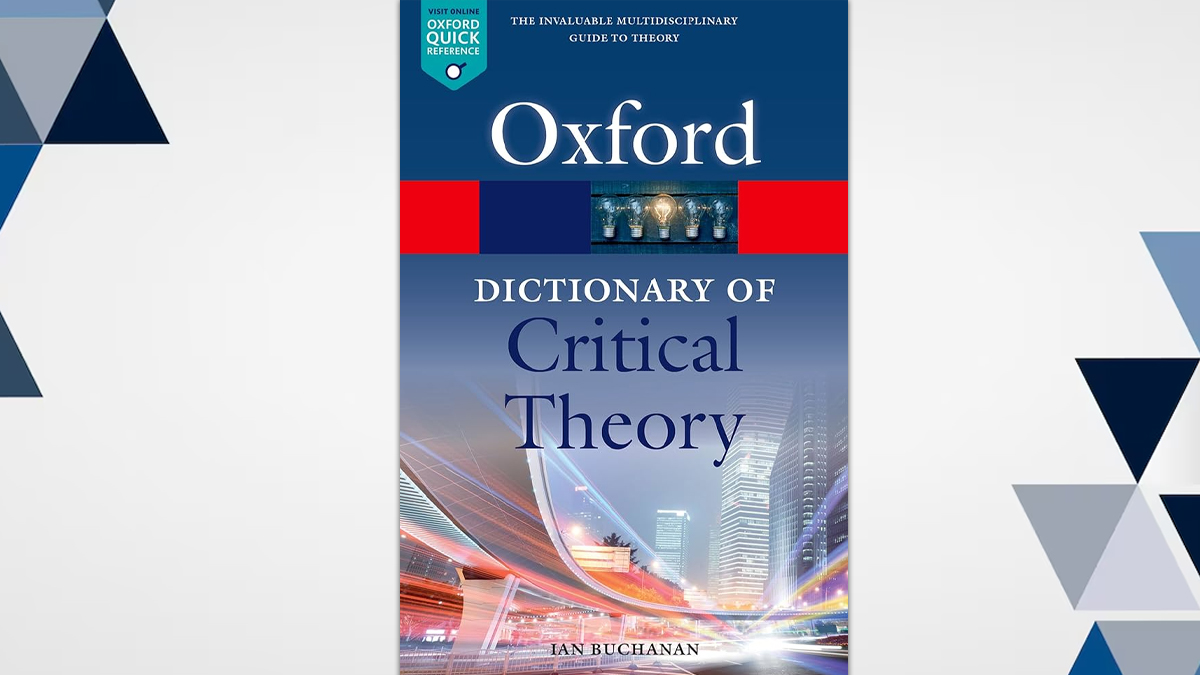-1754922657879.webp)
Many people think of a dictionary as just a book to find word meanings or spellings. But there are many other kinds of dictionaries that help us understand human emotions in richer ways. These special dictionaries show us how to put into words the complex feelings we experience every day. They are like guides designed for different parts of life, sociology, psychology, and critical thinking, and they help us explain what we're really feeling, beyond just "happy" or "sad."
Table of Content:-
CHECK YOUR
MENTAL HEALTH

Dictionary for Sociology: Understanding Your World![Dictionary for Sociology 02 (10)]()
The sociology dictionary gives words that describe social situations and emotions we often feel but don't name well. For example, have you heard of delicacy in this sense? It means that a country or place becomes filthy or dirty. Sociology helps us see emotions linked to our environment and society, showing us what’s going on in the bigger world around us.
The Dictionary of Obscure Sorrows: Naming the Unnamed Feelings![Dictionary of Obscure Sorrows 03 (1)]()
One of the most fascinating emotional dictionaries is The Dictionary of Obscure Sorrows. It’s both a book and a popular YouTube channel. It creates new words for feelings most people experience but haven’t found names for yet. The creator has invented over 50,000 words describing emotions that are not just sadness, happiness, or anger. For example, one word is sondom, which means realising that everyone’s life is as complex and colourful as yours. This perspective helped many people, including podcasters, shift how they talk about emotions, from simple labels to deeper stories of human experience.
Dictionary for Critical Thinking: Sharpening Emotional Insight![04]()
The Oxford Dictionary for Critical Thinking might not sound like an emotional dictionary, but it helps you understand feelings tied to ideas and beliefs. It teaches you how to think clearly about emotions and the world. Using this dictionary, you can better describe feelings about complex situations, like fear or hope connected to life’s challenges. It helps you ask better questions about what you feel and why.
Other Interesting Emotional Dictionaries
- LIWC Dictionary: This one is used mainly in psychology and research. It organises words into emotional categories like sadness, anger, or trust so people can analyse how language reflects feelings.
- NRC Word-Emotion Lexicon: It links thousands of words to emotions like joy, fear, and anticipation, helping writers and speakers choose words that capture precise emotional states.
Why Use Emotional Dictionaries?![emotional Dictionaries 01 (10)]()
Using these kinds of dictionaries helps us communicate feelings more clearly and deeply. Instead of saying “I’m sad,” we can say “I’m feeling ambedo” (a word from the obscure sorrows, meaning a kind of melancholic immersion in sensory experience). This makes conversations richer and more meaningful. It also helps in podcasts, writing, therapy, and daily life where understanding emotions well can foster empathy and connection.
ALSO READ: What Are China’s Adult Pacifiers? Exploring Its Serious Health Concerns
Takeaway
Emotions are complicated, and regular dictionaries don’t always capture their full depth. Specialised emotional dictionaries give us tools to express our inner worlds better. Exploring these resources can open new ways to understand yourself and others, making feelings less confusing and more meaningful. Whether it’s sociology, obscure sorrows, or critical thinking, these dictionaries fill the gaps between words and feelings in useful and surprising ways.
Also watch this video
Read Next
Mental Fitness: Expert Shares Why Your Brain Needs a Workout as Much as Your Body and How To Do It
How we keep this article up to date:
We work with experts and keep a close eye on the latest in health and wellness. Whenever there is a new research or helpful information, we update our articles with accurate and useful advice.
Current Version
-1754922688638.jpg)
-1754922708871.jpg)

-1754922814295.jpg)